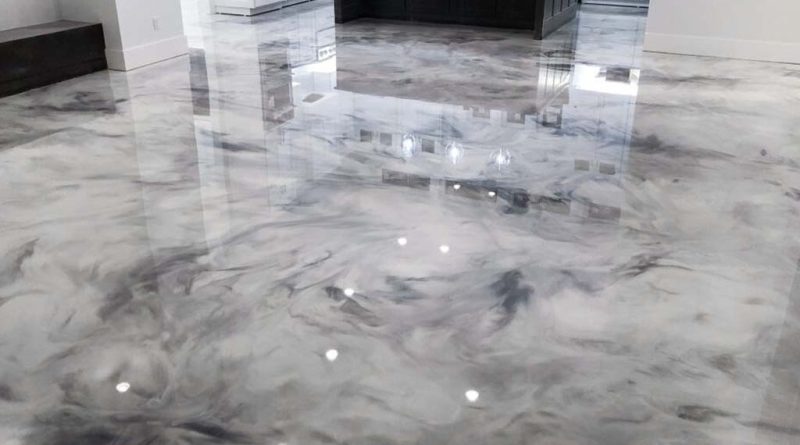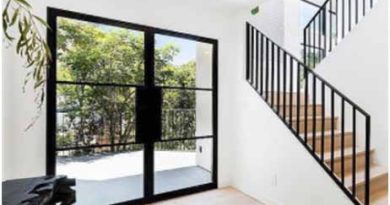Everything You Need to Know About Raised Flooring
If you’re planning to have some sort of structure built in your home, such as an addition or an office space, you may be considering having the contractor install raised flooring rather than just laying the standard Raised flooring down. Here are some things to consider before signing on the dotted line, as well as some common misconceptions about this type of flooring. Once you get past these, you’ll be able to make an informed decision about whether it makes sense for your situation or not.
What is raised flooring?
If you’re new to warehouse facilities, raised flooring may sound like a foreign term. Many people are familiar with standard construction floors, such as those made of sheet rock or concrete. A raised floor is a specialized type of construction that makes it easier for electricity and data-networking services to reach each area. Data centers are an excellent example: On these special floors, there’s open space under your feet—which allows air flow and prevents mold growth while keeping your equipment cool. This space provides more than just practical benefits; it also gives data centers a clean, professional look.
Benefits of raised flooring
Whether you’re a business owner, IT professional or property manager, you’ve likely been asked if raised flooring is right for your business or workspace. The truth is that while many of us are familiar with it, we may not know much about what raised flooring is and why it’s such an important building trend in interior design and architecture. Once you better understand its benefits and disadvantages, it might be time to consider whether your workspace should have raised flooring installed. In today’s post, we take a closer look at some of the reasons why businesses around the world are making raised flooring their choice in interior design.
Why choose a solid wood option?
Solid wood is a popular option for raised flooring. This material comes in many different finishes and styles, so you can match your existing furniture or home decor. Solid wood is also very durable, and with proper care, it can last for many years without wearing down. Since solid wood retains its shape well over time, it’s easy to install by yourself as long as you have help lifting it into place. When installed correctly, solid wood helps muffle sound while adding a stylish element to your living space. Solid wood requires regular maintenance such as oiling and waxing in order to stay looking nice over time; however, if properly cared for, your floors will look great for decades.
Different types of solid wood boards
It’s important to consider whether you want a raised floor in your new property. Some floors work better than others depending on what room you’re installing it in, as well as what your main priorities are when it comes to having it. For example, if noise is an issue for you, then acoustic or floating floors would be beneficial and well worth considering—acoustic floors isolate sound and can help reduce noise pollution within an office space. It’s also important to make sure that any floor you decide on will fit with existing electrics and pipes if you already have them in place. This can save yourself from a lot of hassle down the line. And don’t forget about wiring and Ethernet cables if you want extra connectivity!
Which floors are best for different areas?
The first thing you’ll need to decide is what kind of floor you want for your raised flooring. Most modern buildings are built with concrete floors, but many people like adding a different kind of finish to their home. There are basically three types of raised flooring: solid wood, engineered wood and luxury vinyl tiles (LVT). Solid hardwood is typically very durable and has a low moisture content, making it great for hallways and rooms that get a lot of traffic. Engineered hardwood is less expensive than solid hardwood but has similar properties; they’re often manufactured from poplar or birch trees that have been finely shredded or sliced into thin boards and glued together in layers.
What does it cost?
There are several types of raised floor systems on the market, and each one comes with its own price tag. The most basic systems can be installed for as little as $3 per square foot. Lumber-based systems will cost closer to $10 per square foot and metal-based systems may top $15 or more. Installations don’t have to be that expensive, though—professional installers may charge anywhere from about $4-$8 per square foot for a standard installation; anything over that should raise a red flag for you. Check out our reviews of some of these suppliers.
Where can I buy raised wooden flooring from?
If you have found a wooden floorboard that you like, but don’t know where to buy raised flooring from, then your best option is to shop online. Thankfully, many companies have made it easy for customers to purchase their products and services via an easy-to-use website. There are many options available if you choose an online store over a physical one, as these stores typically offer many different brands at competitive prices. In addition, they may also offer free shipping if you spend over a certain amount of money. Shopping online is also much more convenient when compared with driving around town and visiting different stores in person.




